Digital Exclusion: How Sanctions Act as a Major Force in Iran’s Digital Divide
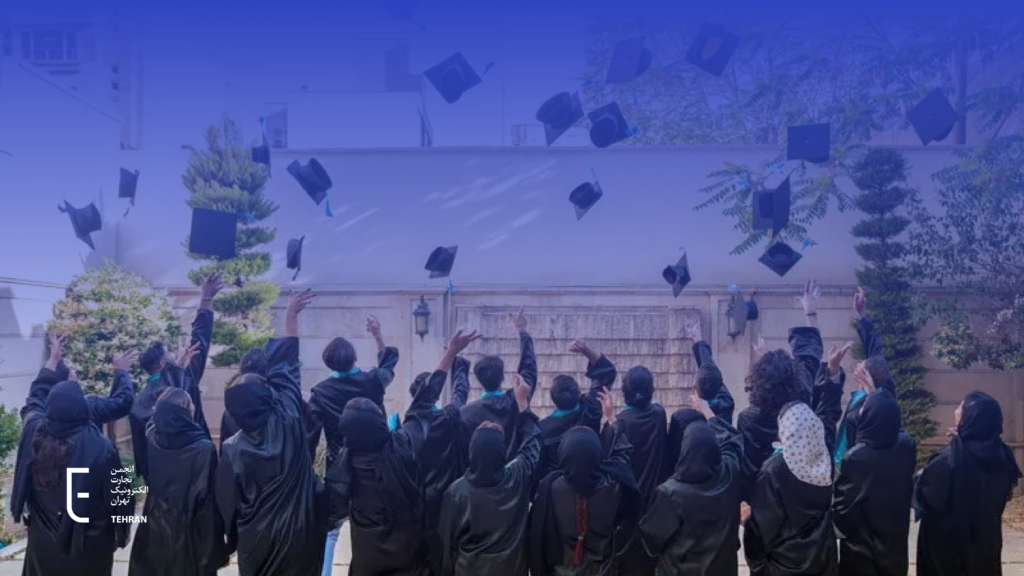
The digital divide, a persistent global issue, highlights inequalities in access to information, digital tools, and infrastructure . The divide is particularly acute in developing countries, where digital exclusion limits economic opportunities, social mobility, and daily life . Unlike traditional barriers to education, the digital divide represents a systemic issue affecting meaningful connectivity and participation in the digital ecosystem
Ilia Vakili, Digital Rights Activist: At the 19th annual Internet Governance Forum (IGF 2024)[1], global leaders, experts, and stakeholders spotlighted the pressing need to safeguard human rights in the digital age, reaffirming that online freedoms must reflect offline rights. Central to the forum was the critical issue of bridging the digital divide, with concrete calls for inclusive policies, community-driven solutions, and technological innovation to ensure meaningful connectivity for all. However, as underscored in IGF 2024 discussions, the situation in countries like Iran reveals a more complex reality: the digital divide is not merely a result of local challenges but is amplified by international sanctions. These sanctions systematically restrict access to global technologies, obstruct infrastructure development, and deepen inequities, directly undermining the principles of universal inclusion that IGF seeks to advance. The Iranian case stands as a stark example of how geopolitical barriers complicate the global commitment to a fair and equitable digital future.
The Role of Sanctions in Widening the Digital Divide
Iran, long categorized as a peripheral economy, faces significant barriers to equitable development[2]. International sanctions targeting its technological sector amplify these challenges, creating systemic inequalities that limit access to digital resources[3]. Sanctions restrict Iran’s participation in the global economy, hinder innovation, and obstruct its technological infrastructure, reinforcing the marginalization of its citizens.
While domestic policies such as Internet censorship contribute to Iran’s technological isolation, international sanctions play a pivotal role in worsening this divide. Together, these forces deny Iranians access to the tools and knowledge needed to progress in the digital age. Iranian activists have persistently campaigned against these restrictions, but their efforts face persistent obstacles due to the dual burden of international sanctions and domestic limitations.
Impact of Technological Sanctions
Sanctions against Iran manifest in several ways, each contributing to the country’s digital exclusion:
Infrastructure Constraints: Sanctions directly target Iran’s Internet infrastructure, restricting access to critical equipment and technologies needed for modernization. For example[4], international suppliers are prohibited from providing network equipment in Iran, causing infrastructure expansion to become complex and unprofitable as has happened to Iran’s Telecommunication Infrastructure Company[5] (TIC). These restrictions degrade Internet quality and affordability, limiting connectivity for millions of citizens
Barriers to Educational Resources: Sanctions also block access to online platforms essential for education and skill development[6]. Several innovation ecosystem activists and Iranian citizens campaigned and condemned the behavior against freedom of access to information made by companies in a petition. The list included the names of companies such as Google, Microsoft, Amazon, IBM, HP, OpenAI, Oracle, AMD, Intel, Nvidia, Cisco, Adobe, Figma, Sygic, and Udemy
This behavior does not comply with the US federal order of May 2024, which enacts the D-2[7] General License into law.
These extensive sanctions have created numerous problems for the Iranian people. The signatories of the campaign above condemned the following technology embargoes:
● Restrictions on user access and geo-blocking Iranian IPs to public and international services, particularly cloud services
● Restrictions on purchasing internet services and connecting Iranian companies to international IXP networks
● Sanctions against Iranian infrastructure companies
● The removal of Iran as a nationality option in registration forms makes it impossible to register with Iranian phone numbers (+98).
The table below, extracted from the campaign, shows the most important skill and educational domain that Iranians were banned from accessing:
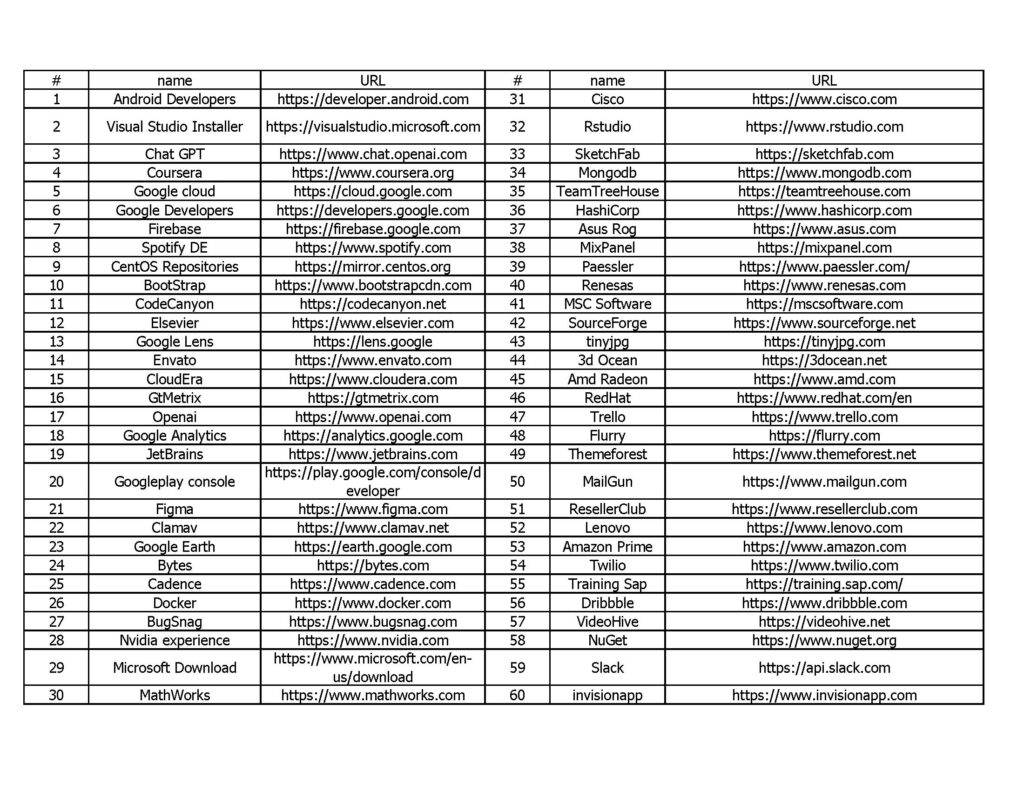
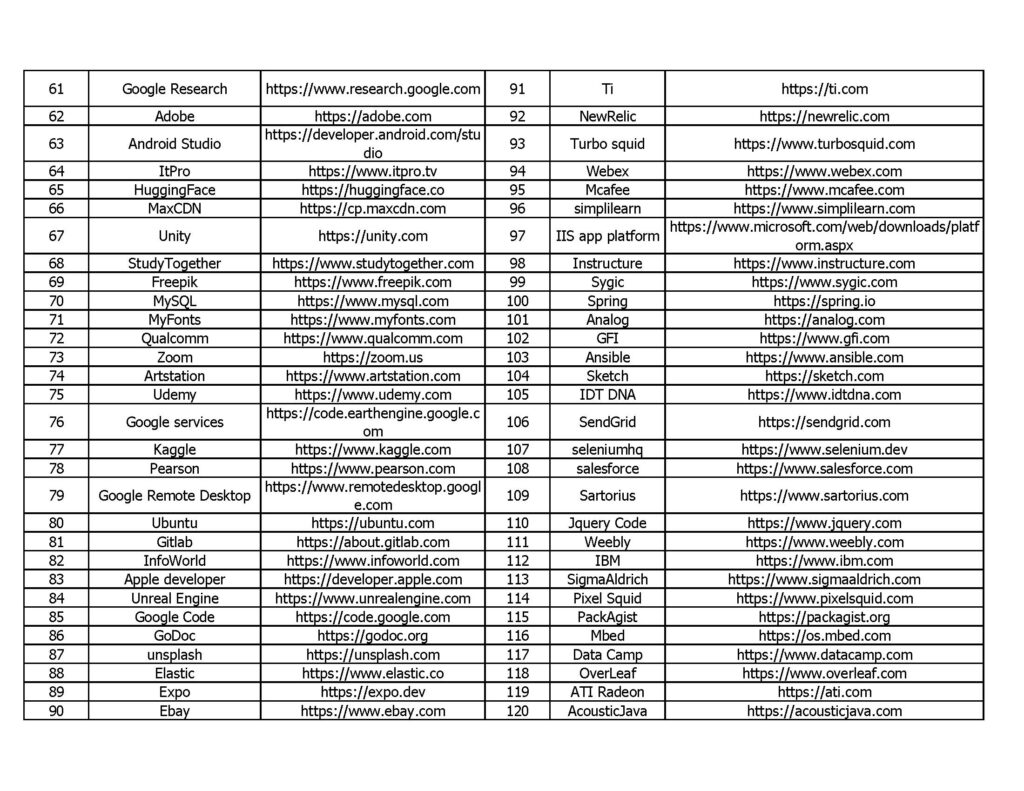
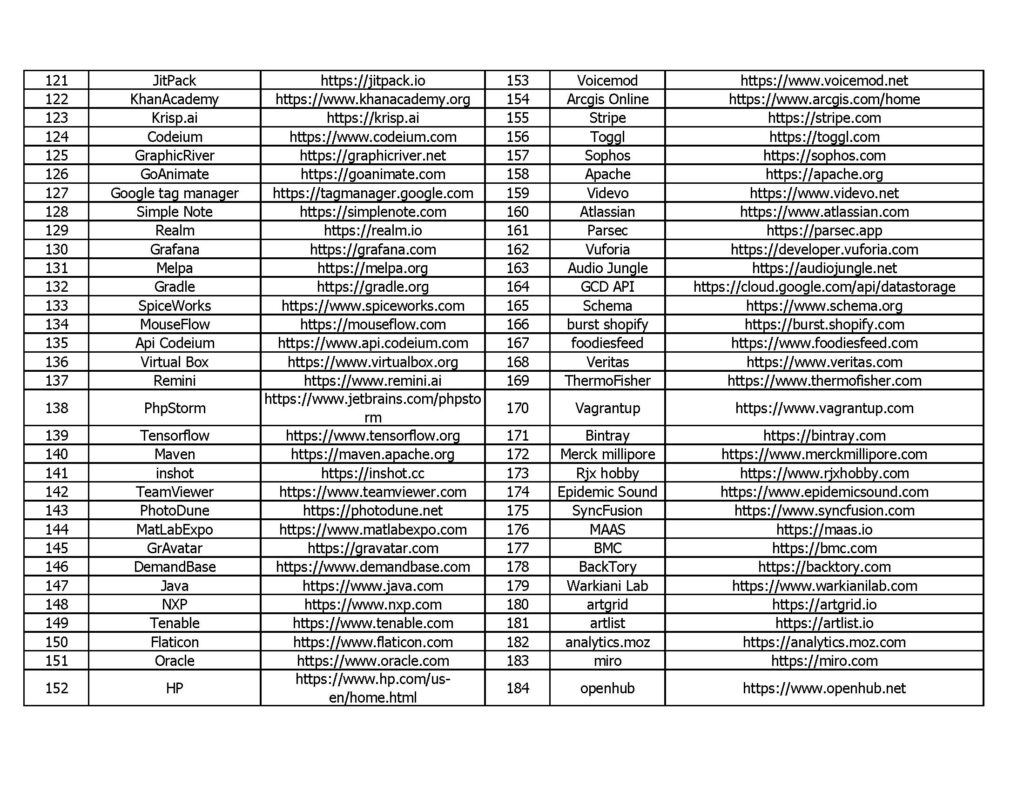

Iranians face difficulties registering for global services, accessing cloud tools, and participating in international Internet Exchange Points (IXPs). For instance, Code.org[1] in Farsi—a collaborative platform for translating coding resources into Persian for children—was blocked due to Google Cloud’s policies for a long time. Advocacy efforts restored access in this case, but such restrictions create persisting discrimination against Iranian citizens.
Economic and Cultural Exclusion (Case Study on ArvanCloud): Technological sanctions isolate Iran’s digital economy from global markets, inflating costs and limiting innovation. This exclusion harms cultural diversity online, reducing the visibility of Persian and other regional languages. These barriers hinder the Iranian’s ability to contribute to global digital progress, thus contributing to their marginalization. The sanctioning of Iranian cloud provider ArvanCloud illustrates how international restrictions undermine digital equity. Offering services comparable to AWS, ArvanCloud aimed to enhance the Internet experience for businesses and individuals. However, sanctions have harmed its operations, contradicting U.S. policies like “General License D-2,”[2] which claim to support digital freedom for Iranians. These sanctions discourage foreign companies from engaging with Iranian users, further isolating the country[3].
Consequences for Digital Well-being: Iran’s digital well-being is critically low, as highlighted by international benchmarks. The Digital Quality of Life (DQL) Index, a comprehensive annual evaluation by Surfshark, ranks Iran 95th out of 123 countries. This index evaluates key dimensions such as Internet affordability, quality, e-infrastructure, e-government, and online security. Iran lags behind countries with comparable economic challenges, such as Pakistan and Nepal, despite its relative advantages in natural resources and human capital.
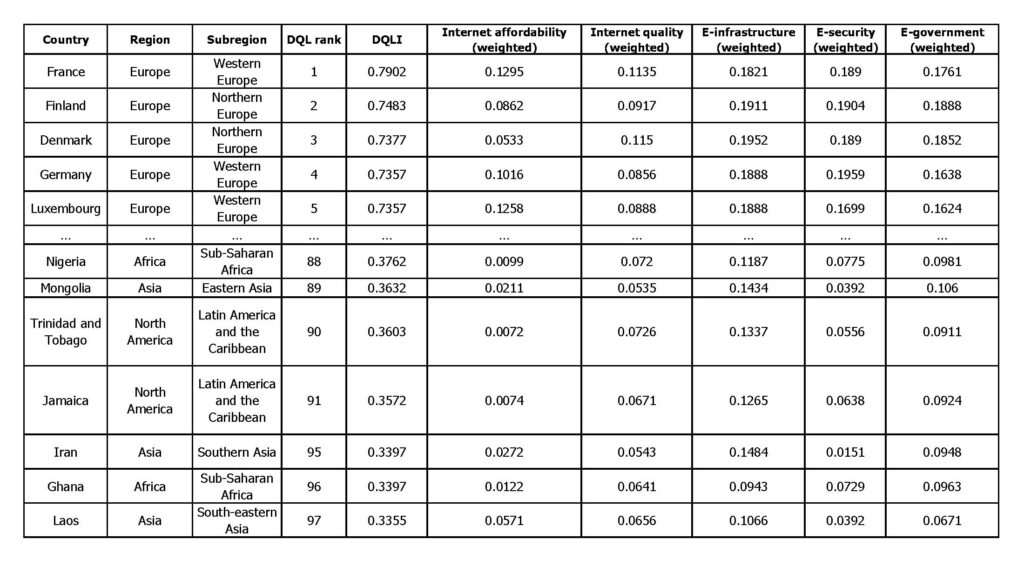
Table Source: Digital Quality of Life 2023
Iran’s Internet affordability has worsened over the years due to sanctions and domestic economic instability. For example, while Internet prices in Iran appear low in local currency, the rial’s depreciation has drastically reduced citizens’ purchasing power. Surfshark’s affordability measure shows that Iranian citizens need to work significantly longer hours to afford Internet services compared to residents of top-ranking countries like Denmark or Finland.
Internet Quality: The quality of Internet services in Iran suffers due to outdated infrastructure, frequent disruptions, and limited international bandwidth. Reports from the Tehran E-Commerce Association highlight that Internet speeds in Iran are significantly lower than the global average, with frequent outages further debilitating access

Table Source: Iran’s Internet Quality Report 2024
This poor quality is directly linked to the inability to procure modern equipment due to sanctions along with domestic censorship, which prevent critical infrastructure upgrades like the expansion of fiber optic networks.

Image source: Spatiotemporal investigation of the digital divide, the case study of Iranian Provinces 2022
The images from a research study above show Iran’s pre-existing digital divide. External sanctions amplify this internal inequality, further deepening the developmental disparities between regions within the country.
E-Infrastructure and E-Government: Iran’s e-infrastructure and e-government services remain underdeveloped compared to global standards. The inability to access global cloud platforms and modern tools has hindered the growth of these sectors. For example, the absence of reliable e-government services reduces citizens’ ability to access public services efficiently, widening the gap between Iran and more digitally advanced nations. Sanctions have also undermined digital literacy efforts. Restricted access to platforms for online learning, professional development, and global collaboration limits opportunities for individuals to acquire the skills necessary to participate in the digital economy. This exclusion is especially harmful to Iran’s youth, who represent a significant portion of the population and are eager to engage with the global digital ecosystem.In contrast to countries like China—facing similar levels of domestic restrictions but with greater economic capacity—Iran fares significantly worse. While China has invested heavily in its domestic Internet infrastructure to mitigate restrictions, Iran has struggled to make comparable progress. This divergence illustrates the compounded effect of sanctions on Iran’s Internet quality and affordability.
The Paradox of Human Capital
Based on The Global Cloud Ecosystem 2022 Iran’s talented workforce ranks among the best globally in innovation and mathematics, yet systemic barriers prevent their skills from being fully utilized domestically. Many Iranians contribute to technological advancements abroad while their country lags in infrastructure and policy alignment. This brain drain underscores the paradox of sanctions: while Iranian talent enriches the global economy, the country itself remains excluded from technological progress.
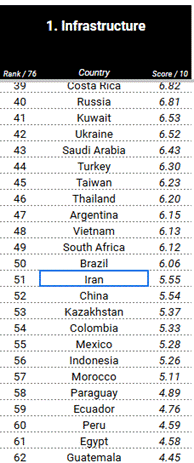
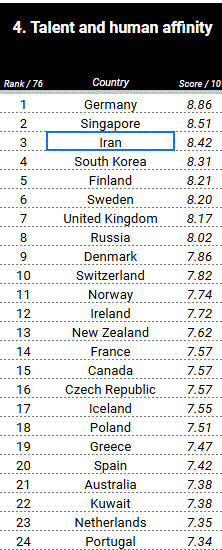
Table source: The Global Cloud Ecosystem 2022
Conclusion
Sanctions on infrastructures may target governments, but they suffocate citizens, severing access to innovation, education, and opportunity. In Iran, these restrictions have turned a nation of potential into one stranded in the digital wilderness, reinforcing walls of inequality.
To bridge this divide, the global community must abandon exclusionary policies and embrace bold, collective action. Access to digital tools and networks isn’t a privilege—it’s a human right. By transforming sanctions into pathways for inclusion, we can reshape the digital landscape into one where connection is favored over isolation so every voice can thrive. Even the country’s role as a supplier of basic resources is not fully acknowledged due to technological sanctions. This process undermines the UN’s claim to ensure a fair cycle of resources and prevent the exclusion of countries from the global economic system, which ultimately harms the entire global economic ecosystem.
It can be concluded that the digital divide caused by sanctions prevents Iranian citizens and businesses from accessing global economic resources on an equal footing. Iranians face international inequality compared to citizens of developed nations, especially in accessing basic educational tools or participating in technological competitions. This contradicts the international principles of freedom and equal opportunity promoted by organizations such as UNESCO. Notably, these are the same principles shaping the Internet Society’s slogan[1] to keep the Internet a force for good: open, globally connected, secure, and trustworthy.
[1] https://www.internetsociety.org/blog/2022/03/what-is-the-digital-divide/
[2] https://www.sciencedirect.com/science/article/pii/S0304422X06000167
[3] https://learningbeyondboundaries.ai/scenarios/digital-divide-teachers/
[4] https://intgovforum.org/en/content/igf-2024-themes
[7] https://digitalmedusa.org/wp-content/uploads/2023/11/SanctionsandtheInternet-DigitalMedusa-1.pdf
[8]https://digiato.com/iran-technology-news/report-financial-telecommunication-infrastructure-company-140
[9] https://www.karzar.net/iran-tech-sanctions
[10] https://home.treasury.gov/news/press-releases/jy0974
[11] https://digiato.com/iran-technology-news/codeinfarsi-org-sanctions-iranian-users
[12] https://home.treasury.gov/news/press-releases/jy0974
[13] 560.540 (c), Transfers of funds from Iran or for or on behalf of a person in Iran in furtherance of an underlying transaction authorized by paragraph (a) of this section may be processed by U.S. depository institutions and U.S. Registered brokers or dealers in securities provided they are consistent with 560.516.
[14] https://www.internetsociety.org/about-internet-society/